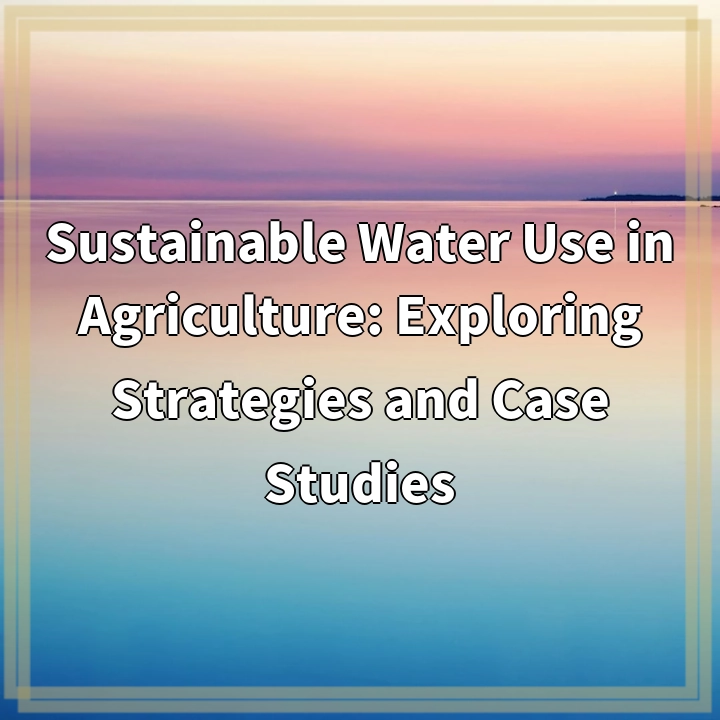
What is Exploring the Benefits of Green Space?
Exploring the Benefits of Green Space is an in-depth examination of the various advantages and positive effects that green spaces offer to individuals, communities, and the environment. Green spaces refer to any areas covered with vegetation such as parks, gardens, forests, and urban green areas. These spaces not only provide aesthetic value but also serve as important natural assets that contribute to the well-being of both humans and the ecosystem.
Real-World Problems Associated with Green Space
Despite the numerous benefits, green spaces often face real-world challenges that can hinder their full potential and impact. It is important to address these problems to ensure the preservation and development of these valuable areas.
1. Lack of Access
One significant obstacle is the limited access to green spaces, particularly in densely populated urban areas. Many urban communities lack nearby parks or green areas, leaving residents with little to no opportunities for outdoor recreation, relaxation, and connecting with nature. This lack of access particularly affects lower-income neighborhoods, exacerbating existing health and social inequalities.
2. Urbanization and Land Use Pressures
Another challenge arises from urbanization and land use pressures, leading to the loss of green spaces. With the growing demand for infrastructural development and construction projects, natural areas are often sacrificed to make way for buildings and roads. As a result, communities lose valuable green spaces that provide vital ecosystem services such as air purification, temperature regulation, and flood prevention.
3. Environmental Degradation
Environmental degradation poses a significant threat to the quality and viability of green spaces. Pollution, deforestation, and climate change impact the health and resilience of these areas, diminishing their capacity to provide benefits. Pollution from nearby industries or improper waste management can degrade air and water quality, rendering the green spaces less desirable or even hazardous for visitors and wildlife.
4. Inadequate Funding and Maintenance
A common challenge faced by green spaces is the lack of adequate funding and maintenance resources. Without sufficient investment, these spaces may suffer from neglect, resulting in poor infrastructure, limited amenities, and reduced programming. This can deter community engagement and decrease the overall appeal and perceived value of green spaces.
5. Climate Change Vulnerability
Green spaces are not immune to the impacts of climate change. Rising temperatures, changes in precipitation patterns, and extreme weather events can affect the health and survival of vegetation within these areas. This vulnerability threatens the critical role that green spaces play in mitigating climate change by sequestering carbon dioxide and enhancing local biodiversity.
By understanding these real-world problems surrounding green spaces, we can work towards finding solutions and ensuring the long-term viability and accessibility of these vital natural assets.

Solutions to Real-World Problems Associated with Green Space
Addressing the challenges faced by green spaces requires proactive measures and collaborative efforts from various stakeholders. The following solutions can help mitigate the real-world problems and ensure the preservation and enhancement of these valuable natural areas.
1. Increasing Access to Green Spaces
To overcome limited access, it is crucial to prioritize equitable distribution of green spaces. This can be achieved by urban planning that includes the development of parks and green areas in underserved neighborhoods. Collaborating with local communities and organizations can help identify areas in need and advocate for the creation of new green spaces or the improvement of existing ones.
2. Sustainable Urban Planning and Land Use
Sustainable urban planning should prioritize the retention and expansion of green spaces amidst urban development. This involves intelligent land use and zoning policies that safeguard existing natural areas, incorporate green infrastructure, and promote the integration of green spaces into urban designs. Protecting and restoring urban forests, creating rooftop gardens, and implementing green roofs are some of the strategies that can help maximize the benefits of limited spaces.
3. Environmental Conservation and Restoration
To combat environmental degradation, efforts should be directed towards pollution reduction, reforestation, and ecosystem restoration. Implementing stricter environmental regulations and encouraging sustainable practices can help mitigate pollution sources and protect the health of green spaces. Engaging in community-led conservation initiatives and investing in ecological restoration projects can also revive degraded areas, improving the overall resilience and biodiversity of green spaces.
4. Securing Adequate Funding and Maintenance
Ensuring sufficient funding and ongoing maintenance is essential for the long-term sustainability of green spaces. Governments, in collaboration with private entities and community organizations, should allocate budgetary resources for the development, maintenance, and programming of green spaces. Establishing public-private partnerships, promoting philanthropic support, and engaging in crowdfunding initiatives are effective ways to secure financial resources for the upkeep and improvement of these areas.
5. Enhancing Climate Change Resilience
Building climate change resilience in green spaces involves implementing adaptation strategies. This may include planting climate-resilient species, integrating stormwater management systems, and creating wildlife corridors that facilitate species movement in response to changing environmental conditions. By enhancing the capacity of green spaces to withstand the impacts of climate change, these areas can continue to provide essential ecosystem services and contribute to climate change mitigation efforts.
By embracing these solutions, we can address the real-world challenges associated with green spaces and ensure their continued availability and benefits for current and future generations.















